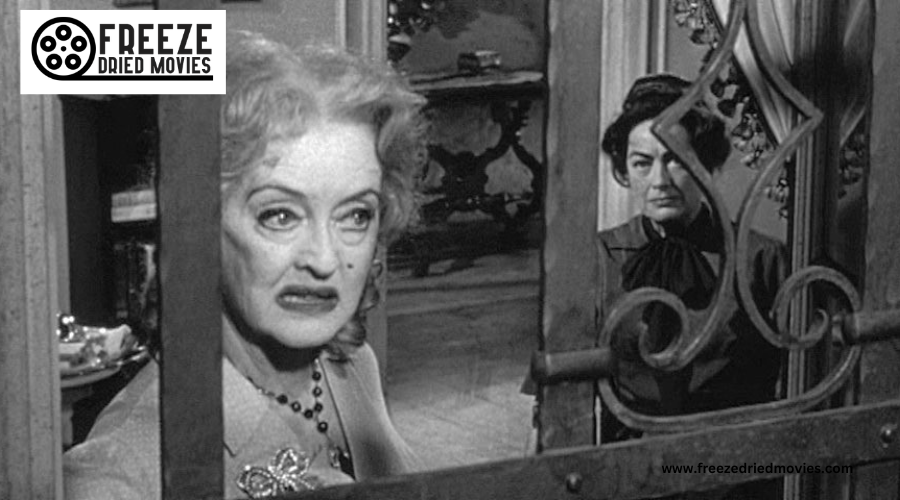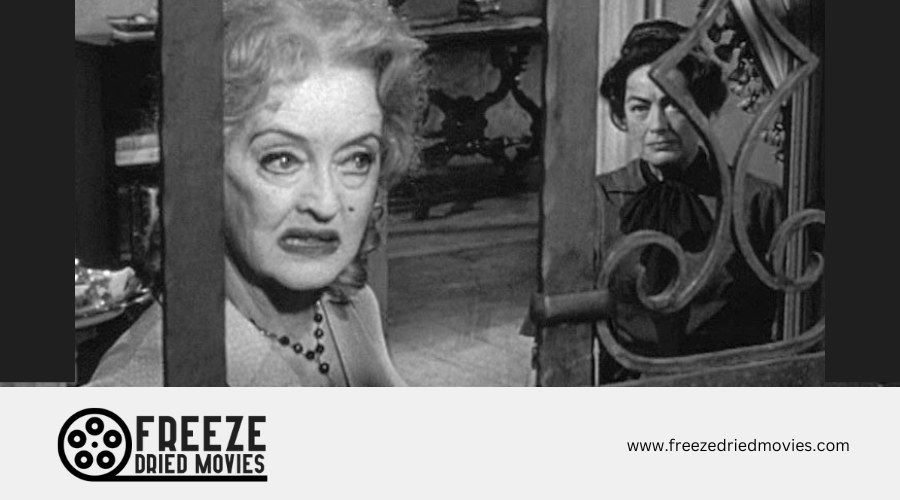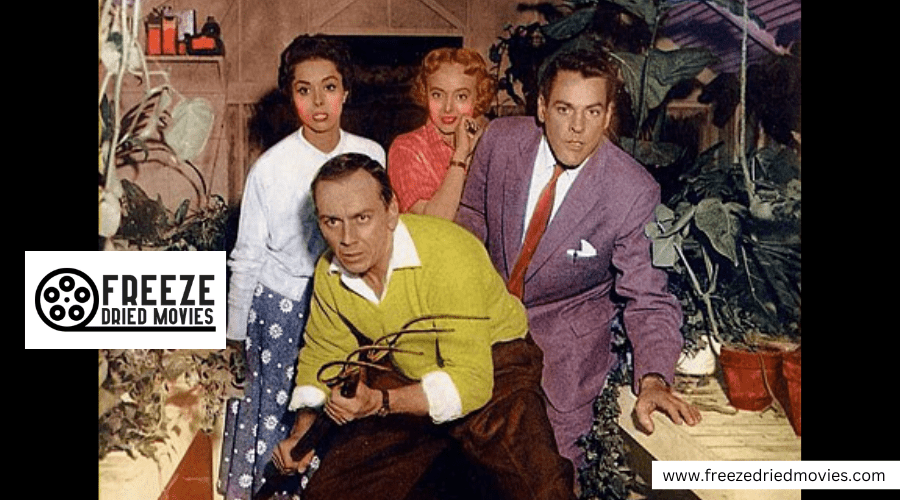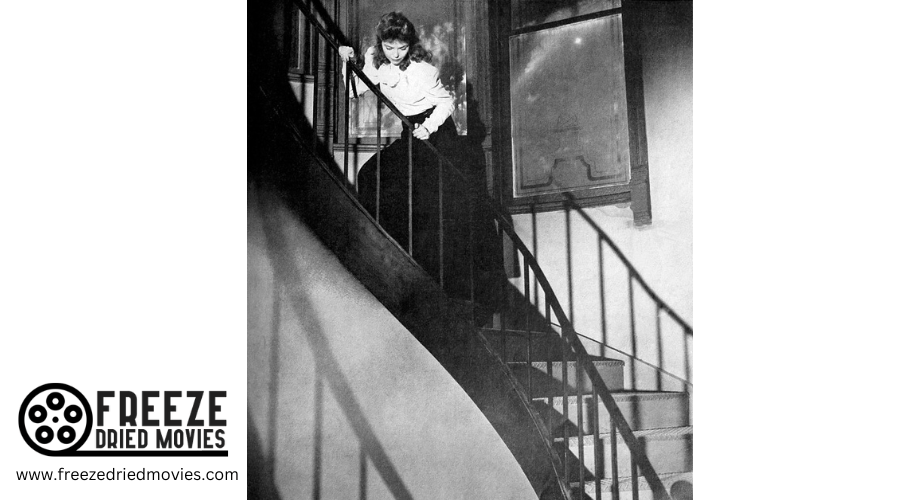The MPAA and the Evolution of Horror Censorship

Film censorship began with Chicago's 1907 law and evolved through the strict Hays Code of 1930, which heavily restricted horror content. You'll find that the MPAA's 1968 rating system brought more flexibility, allowing films like The Exorcist to push boundaries with R ratings. Today's horror faces new challenges as streaming platforms bypass traditional rating systems. From explicit violence to psychological terror, horror's relationship with censorship continues to shape how you experience fear on screen.
The Birth of Film Censorship and Early Horror Restrictions
As the film industry emerged in the early 1900s, concerns about its moral influence prompted rapid development of censorship regulations. You'll find that Chicago led the way with America's first movie censorship law in 1907, followed by the National Board of Censorship's creation in 1909.
The industry faced increasing pressure when the Women's Christian Temperance Union pushed for government oversight in 1914. This led to the formation of the Motion Picture Producers and Distributors Association in 1922, which created the Production Code (Hays Code) in 1930. When the Catholic Legion of Decency formed in 1934, they supported industry self-regulation over government control. Joseph I. Breen's strict enforcement of the Code shaped film content for decades, particularly affecting horror films' depiction of violence and supernatural themes. Films had to demonstrate moral resolutions in their storylines, ensuring that good ultimately triumphed over evil.
From the Hays Code to Modern Ratings: Key Turning Points
While the Hays Code maintained its grip on American cinema through the 1950s, several pivotal court decisions and cultural shifts gradually dismantled its power. You'll find that the 1952 Supreme Court reversed censorship restrictions in Burstyn v. Wilson, though state censors still wielded significant influence.
The Motion Picture Association of America (MPAA) took a groundbreaking step in 1968 by introducing its rating system, giving filmmakers more creative freedom while addressing parental concerns.
James Bond films challenged the Motion Picture Producers and Distributors' strict guidelines by incorporating realistic violence and adult themes. The Film Ratings evolution continued through 1973 when Miller v. California and Paris Adult Theater cases established new obscenity standards. These changes forever altered how you'd experience horror films, balancing creative expression with audience protection. The shift away from strict censorship allowed horror filmmakers to move beyond psychological horror themes that had dominated during the Hays Code era.
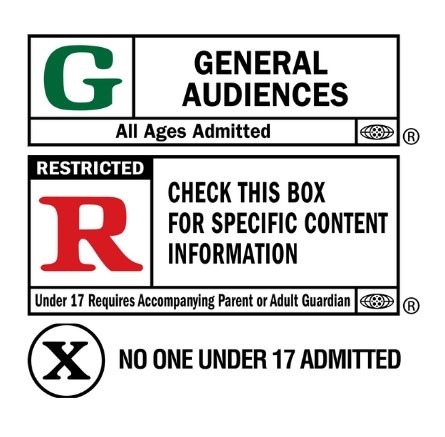
R rating symbol and block
"X"-rating as it appeared in theatrical posters prior to being retired and replaced by NC-17
Horror Films and the MPAA Rating System's Impact
The MPAA rating system fundamentally changed how horror filmmakers approached graphic content after 1968. You'll notice this system replaced the strict Production Code with more flexible guidelines, allowing directors to investigate darker themes. The new ratings - from G for General Audiences to X for sexually explicit content - created distinct categories that shaped horror film production.
When you look at horror films from this era, you'll see how the M for Mature Audiences rating (later changed to R) became particularly significant. Filmmakers could now include graphic violence that would've been forbidden under the old code. This freedom led to innovative horror films like "The Exorcist" and "Texas Chain Saw Massacre," though they often faced ratings challenges. The system continues to influence how you experience horror today, balancing creative expression with content warnings. Directors like William Friedkin and Hitchcock pioneered psychological horror that pushed the boundaries of what audiences could emotionally handle, not just what they could visually tolerate.
Controversial Horror Ratings That Changed Industry Standards
Several pioneering films pushed the boundaries of MPAA ratings, forever changing how horror movies reached audiences. When The Last House on the Left received an X rating in 1972, it broke new ground by showcasing explicit violence in mainstream horror.
You'll find that Indiana Jones and the Temple of Doom's controversial PG-13 rating in 1984 actually created a new ratings category, bridging the gap between PG and R ratings.
The ratings system continued to evolve with Scream's debated R rating in 1996, while Showgirls' NC-17 rating demonstrated how censorship could limit commercial release. By 2003, The Texas Chainsaw Massacre remake's PG-13 rating sparked fresh controversy about violence in horror films, highlighting the MPAA's shifting standards.
These landmark decisions reshaped how the industry approaches horror content and audience accessibility.
The Future of Horror Film Regulation in the Digital Age
Modern streaming platforms have fundamentally disrupted traditional horror film regulation, challenging the MPAA's long-standing authority over content distribution. You'll notice that video-on-demand services often bypass conventional ratings systems, while filmmakers increasingly turn to self-distribution and crowdfunding to release uncensored versions of their work.
The digital distribution terrain has created new challenges for content moderation. You're now seeing national regulatory bodies struggle to control horror content across borders, while streaming platforms grapple with implementing effective age-verification systems. User-generated content on social media has further complicated matters, as platforms attempt to establish consistent content guidelines. Parent groups are demanding stronger protections, but the rapid evolution of digital media means you're witnessing a regulatory system that's struggling to keep pace with technological change.

